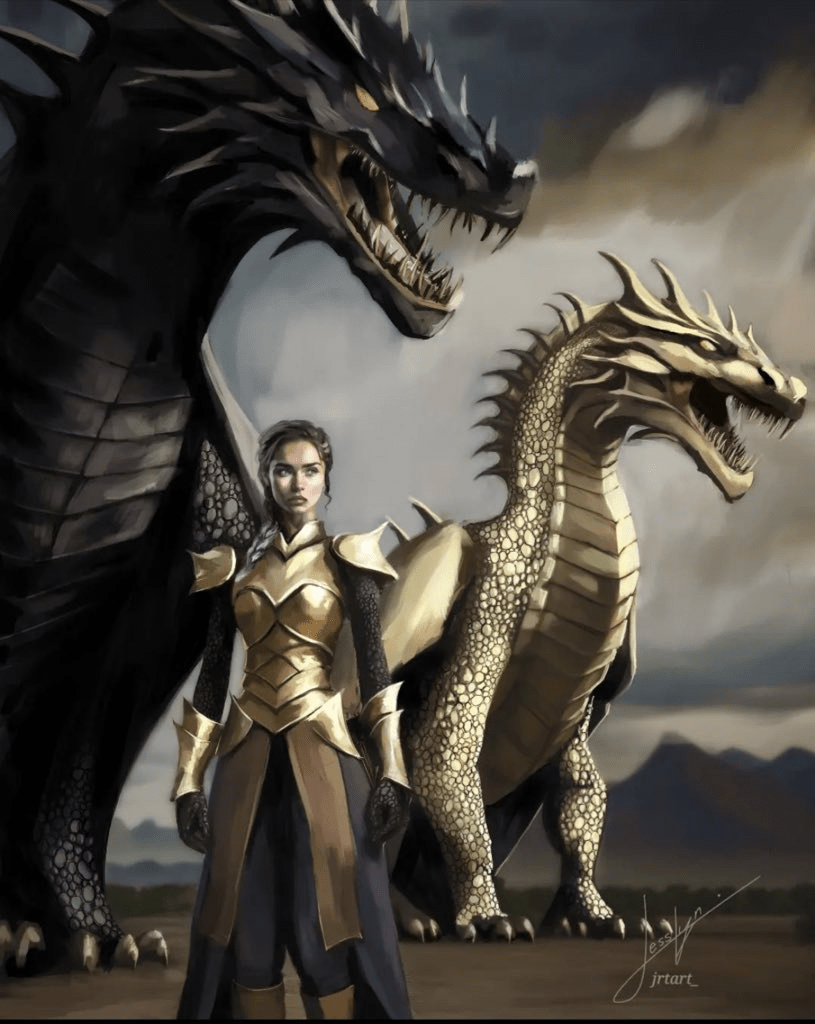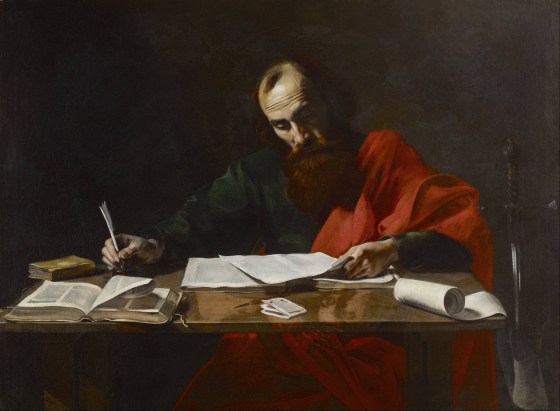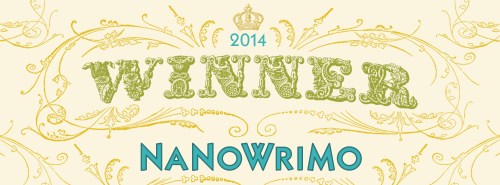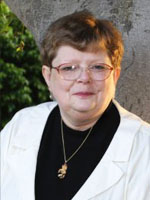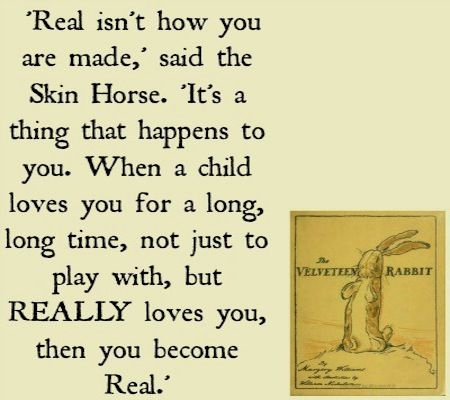
Did you know this is a real thing? Woah!
Image source: WeirdPhobia.com
I recently interviewed for a position at a great publishing house (the dream job – ah!).
As the head editors were interviewing me, at one point, they said:
“So, it says here that you are also a writer?”
“Yes, absolutely; I’ve been writing since I could hold a pen. My first words were literally, ‘Book’ and ‘Read’. I wrote my first ‘book’ when I was four years old. ‘The Adventures of Freddy Fish’.”
“Wow!” said one.
“How do you do that?” asked the other.
I was surprised. “Um, I just love writing. It’s why I became an editor at all; I love reading and writing and I just want to make stories better wherever I can.”
“Wow,” said the first again. “I don’t think I could write anything anymore. Probably ever.”
“I haven’t read a book for fun in years, let alone written one.”
“Yeah, I mean, you’re reading other peoples’ writing all day, it just gets… It would be completely intimidating now to try and write something of my own. Because I know what it’s like, who’s going to be reading what I write. I’m used to sitting on this side of the desk now.”
“I don’t think I could take the rejection. Writers are very brave, I think.”
“Well, thank you,” I said.
And we moved on. Phew!
My point…
Editors are afraid to write because of their inner editors – just like normal writers. But we shouldn’t be, whether we’re a writer or an editor!

Image source: Kathy Coatney and Lisa Sorensen
via Jean Oram
via fellow blogger Jodie Llewellyn’s blog post
Whether you’re a writer or an editor, you should also be an editor and a writer. (Ooh, see what I did there?)
Writer, I really hope you’re self-editing your stuff before you show it around to people. Otherwise, I’m sorry, but you’re probably a really really poor writer. Sad face. 😦
And Editor, I really hope that you read and write as well. Otherwise, you just don’t know what it’s like for us writers. You don’t know what it took to get our babies – I mean, books – out of our heads and into the world, so you don’t treat our babies – books! (Wow, that keeps happening!) – as kindly as you could.
(Hey, if you could use the extra push, why not use NaNoWriMo to get you writing again this month? It’s fun!)
Editors in big firms and magazines don’t usually have time to write, I know, if you want to have any kind of home life and actually speak to your family once a day. You work long hours at the office and you don’t always get home for dinner. But J.K. Rowling was a waitress supporting her kids as a single mum when she wrote Harry Potter and the Philosopher’s Stone, so not having enough time is not really a good excuse.
If you want to write, you don’t have time to write; you make time to write.
For more info, the Department of English at Florida Atlantic University pointed me to this great post, ‘Who edits the editors?’ by Mark Medley, which talks about famous editors who have become published authors. Cordite Poetry Review even published a poetry collection, Editorial Intervention, entirely made up of the poems written by poetry editors.
So, in summary, writers, take a deep breath and get to that self-editing; editors, be bold and get writing again. As the great Mark Twain once said:
“Courage is resistance to fear, mastery of fear, not absence of fear.”

Image source: Trent M Kays on Rhetorical Rumination
Writers, how do you get past your fear and start editing your own work? Editors, how do you get past your fear and start writing?
This post was written by TJ Withers-Ryan © 2014. Reblogging is highly encouraged as long as you credit me as the author.
